Revenue losses could total up to 25 percent for fishing vessels in certain areas
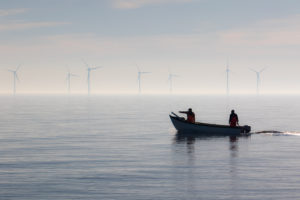
An important East Coast shellfish industry is projected to experience revenue losses as offshore wind energy develops along the U.S. Northeast and Mid-Atlantic coasts, according to two Rutgers studies.
The studies, which appear in the ICES Journal of Marine Science (here and here), examined how offshore wind farms planned for the eastern U.S. could disrupt fishing of the Atlantic surf clam, a major economic driver from Virginia to Massachusetts that generates more than (U.S.) $30 million in direct annual revenue. Total fleet revenue declines measured by the studies ranged from 3 percent to 15 percent, depending on the scale of offshore wind development and the response of the fishing fleet. In New Jersey, losses could be as high as 25 percent for fishing vessels based in Atlantic City.
“Understanding the impacts of fishery exclusion and fishing effort displacement from development of offshore wind energy is critical to the sustainability of the Atlantic surf clam fishing industry,” said Daphne Munroe, co-author and an associate professor in the Department of Marine and Coastal Sciences in the School of Environmental and Biological Sciences. “Tools that can predict and manage these complex and interconnected challenges are essential for developing and evaluating strategies that allow for multiple users of the offshore environment.”
To measure the potential impacts of offshore wind farms on Atlantic surf clam catches, the research team created the Spatially-Explicit Fishery Economics Simulator (SEFES) – a computer model to help paint a comprehensive picture of stock dynamics, the fishery and fishing fleet decision-making.
“SEFES is basically a virtual world that allows us to simulate the dynamics of the fishery – from how captains navigate their boats to how weather impacts the catch,” said Munroe. “But the model also has a layer of biology, which accounts for the clam populations and how they change over time and in space.”
For instance, climate change is already pushing clam distribution northward; SEFES can account for this shift. With the model calibrated, the researchers predicted the impacts of future wind farms on Atlantic surf clam catches. As of 2021, some 1.7 million acres of ocean have been leased for offshore renewable energy projects on the outer continental shelf. Atlantic surf clam vessels that fish these areas must operate within restricted lanes or in ways that may be less efficient than in unrestricted areas. These changes to fishing behavior will have costs that SEFES can calculate.
Researchers develop low-tech recirculating culture system for quahog clams
“If fishermen can’t fish in wind-leased areas, they will fish elsewhere in locations that might be less than optimal, changes that will mean longer trips and potentially smaller hauls,” said Munroe.
The studies, funded by the U.S. Bureau of Ocean Energy Management, also determined the locations of the most vulnerable fleets and associated processors. Topping the list are fleets based in Atlantic City. The least affected port in the simulations was New Bedford, Massachusetts.
Follow the Advocate on Twitter @GSA_Advocate
Now that you've reached the end of the article ...
… please consider supporting GSA’s mission to advance responsible seafood practices through education, advocacy and third-party assurances. The Advocate aims to document the evolution of responsible seafood practices and share the expansive knowledge of our vast network of contributors.
By becoming a Global Seafood Alliance member, you’re ensuring that all of the pre-competitive work we do through member benefits, resources and events can continue. Individual membership costs just $50 a year.
Not a GSA member? Join us.
Author
-
Responsible Seafood Advocate
[103,114,111,46,100,111,111,102,97,101,115,108,97,98,111,108,103,64,114,111,116,105,100,101]
Tagged With
Related Posts
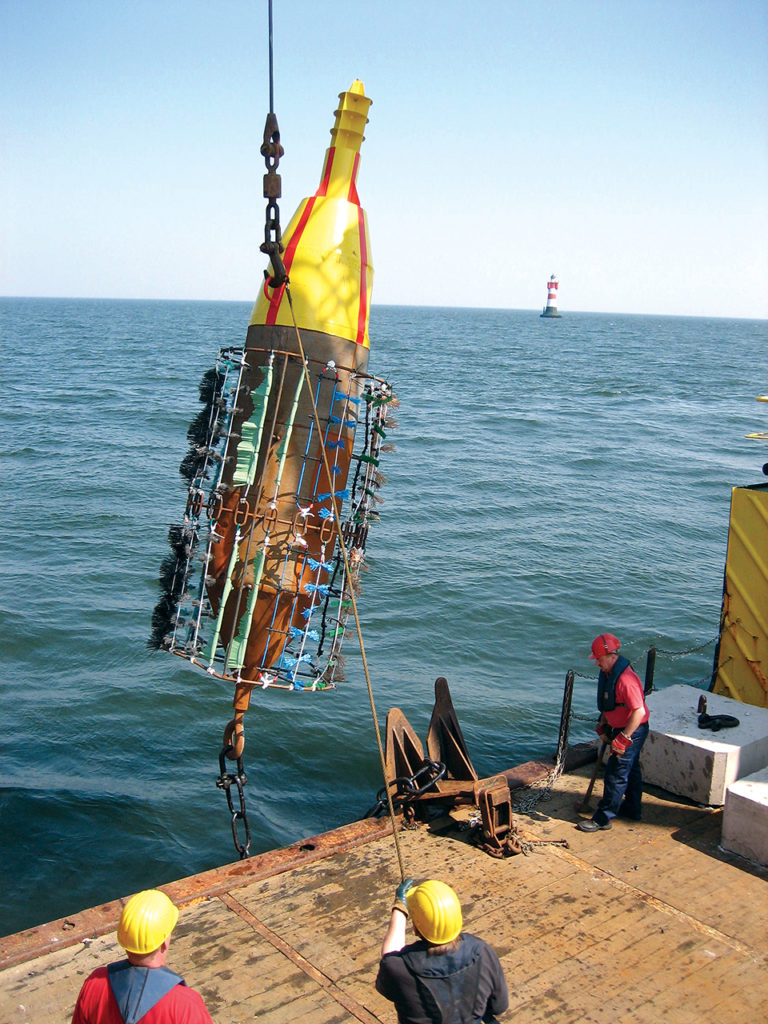
Intelligence
Concept combines offshore wind farms, mussel cultivation
Blue mussel culture on offshore wind farms may be possible in Germany. Trials showed that North Sea facilities can support mussel cultivation in harsh conditions.
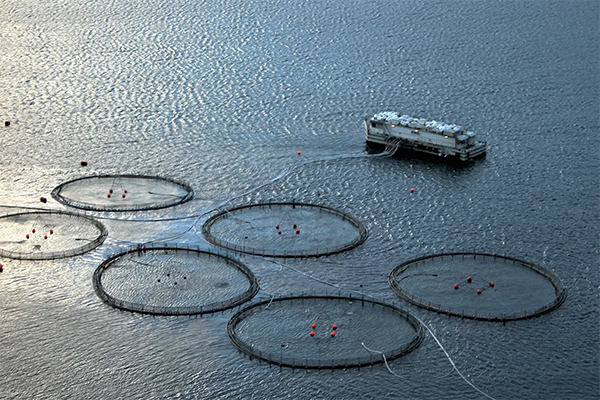
Innovation & Investment
Report: With the right technology, ocean renewable energy can power offshore aquaculture
A new report says ocean renewable energy has the potential to power offshore aquaculture and decrease the environmental impact of operations.
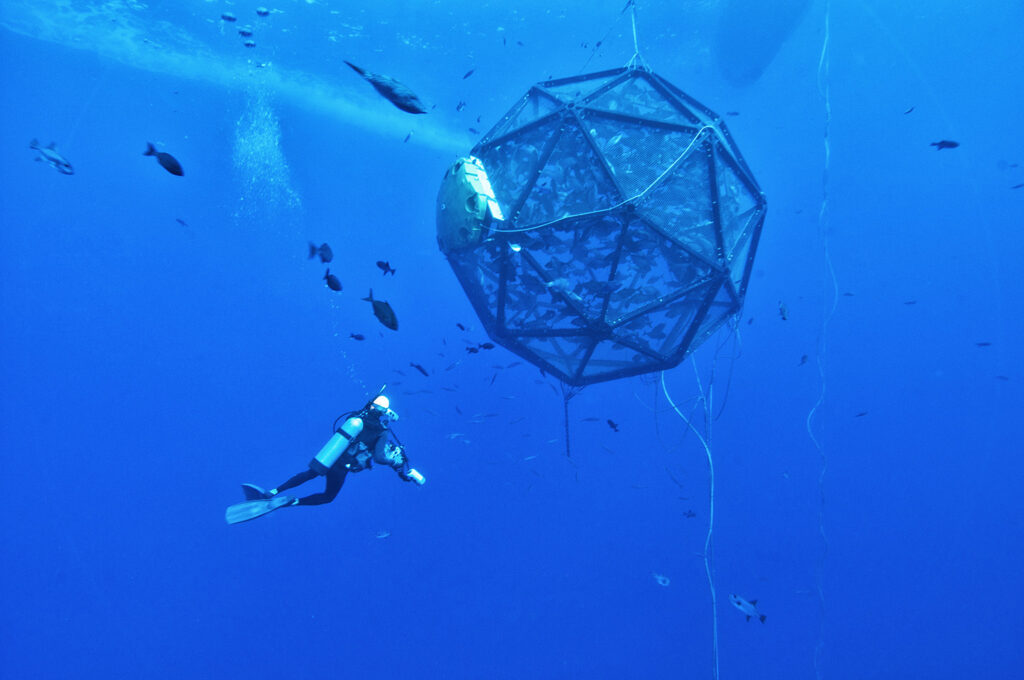
Intelligence
Offshore aquaculture offers a climate change solution, but can farms withstand severe weather events?
The success of open-ocean aquaculture depends on structures that can withstand extreme waves and harsh winds linked to climate change.
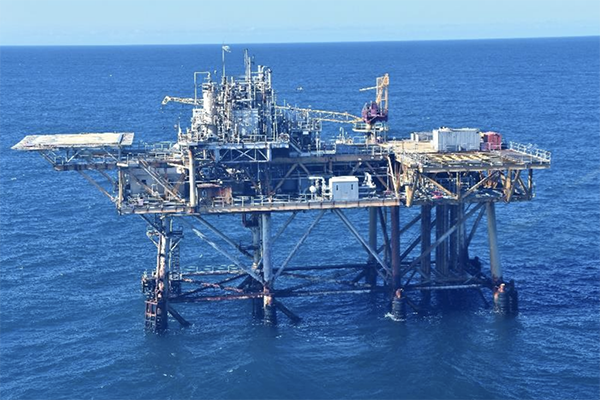
Intelligence
Innovasea helps secure grant to repurpose defunct Gulf of Mexico oil rig
U.S. offshore aquaculture technology company says a $100,000 federal grant will go toward repurposing a defunct oil rig in the Gulf of Mexico.



